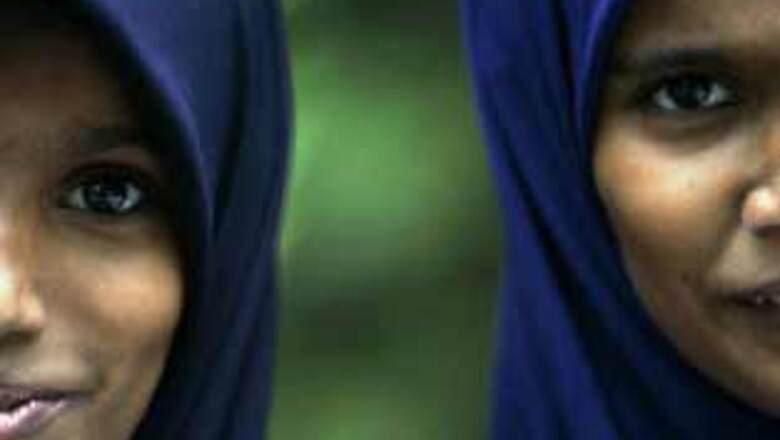
views
Kodinji: Walk around Kodinji village in Kerala and you'd be forgiven for thinking you have double vision as this community is known as "twin village."
The remote village is home to more than 204 sets of twins but doctors are baffled over why this community of 2,000 families has had so many multiple births as they have no unique diet, are not exposed to any chemicals, and don't take fertility drugs.
In fact, with about 45 twins per 1,000 live births, this village in northern Kerala has six times more twins than the global average -- and women from Kodinju married off to far away places are also known to give birth to twins.
The latest official estimates by Kodinji's Twins and Kins Association (TAKA), which conducted door-to-door surveys at the start of the year, found that there were 204 sets of twins.
But that number has risen since the survey was conducted and is set to rise further this year with five more women in the village currently pregnant with twins.
"It's an amazing phenomenon to see a medical marvel occurring in such a localised place where the people are not exposed to any kinds of harmful drugs or harmful chemicals," said local doctor Krishnan Sribiju who is studying the twin phenomenon.
Sribiju, a doctor at the Tirurangadi Taluk hospital just outside the village, said the number of twins being born every year was actually on the rise.
Last year, 15 pairs of twins were born in the village out of 300 healthy deliveries and the number this year is expected to top that.
Pathummakutty and Kunhipathutty, 65, are the oldest surviving twins in the village, with both only having a single name like many people in the village.
The youngest are Rifa Ayesha and Ritha Ayesha, born June 10.
Pathummakutty said being a twin was not always easy. She recalls how her family struggled financially when she was a child but laughs about the many times people would get mixed up between her and her twin sister.
At the local school, 15-year-old Salmabi said teachers often confused her for her twin sister and she was once reprimanded for something that her twin did.
"It happens all the time," the students pipe in chorus.
Sribiju said scientists were still trying to unravel the mystery of the high number of twin births, believing there must be something in the environment that is causing this such as something in the water.
Some locals also believe it is to do with the water as Kodinji is surrounded by water in the fields and during the monsoon season it becomes inaccessible due to heavy rains.
Most of the twins are non-identical, which means that the mothers are producing extra eggs that are fertilised at the same time. Identical twins develop from a single embryo that splits after fertilisation.
"All over the world the cause of twins is mainly because of drugs. Everywhere in the Western world, people are exposed to fertility drugs, their food habits, they consume more dairy products," said Sribiju.
"All the factors leading to the occurrence of twinning worldwide, we cannot see it here. There is something unknown that is causing this phenomenon."




















Comments
0 comment